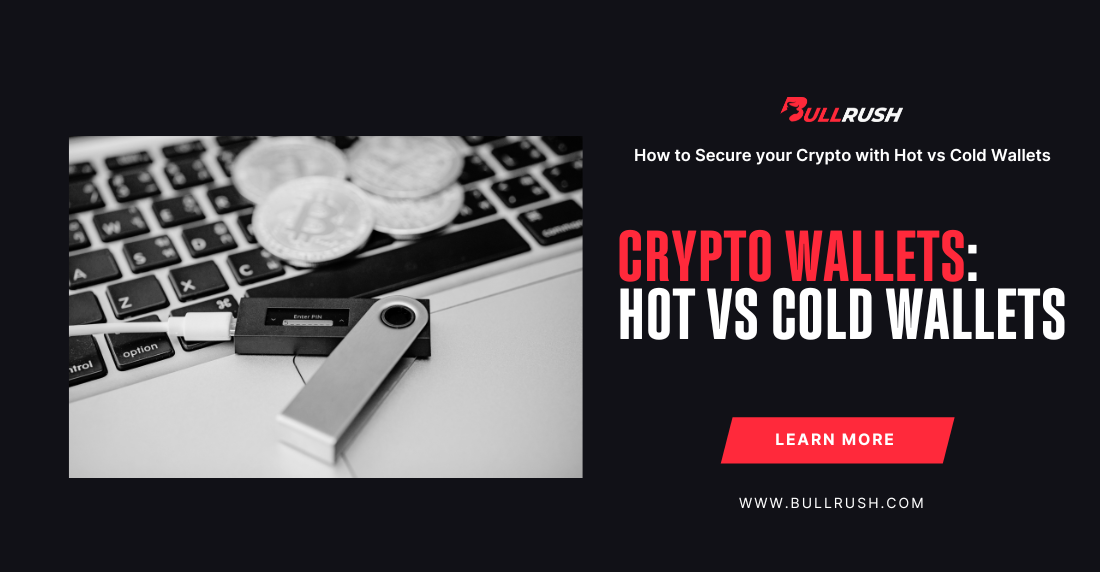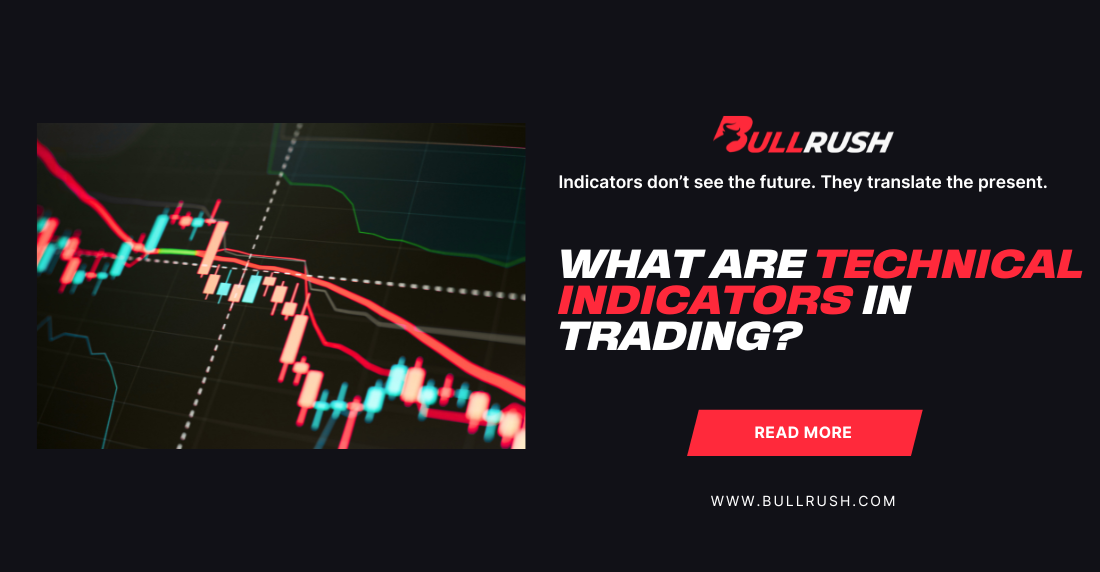
Crypto Wallets: Hot vs Cold Wallets
If crypto is the Wild West of finance, then your crypto wallets are your holsters. Let’s just say, you don’t want to be the one walking into town with your keys dangling in plain sight.
As digital assets continue to explode in value and complexity, one question quietly determines whether you’re building long-term wealth or walking a tightrope over a hacker’s honeypot… Where, and how, are you storing your crypto?
Whether you’re a swing trader juggling multiple chains, a long-term holder with diamond hands, or somewhere in between, knowing the difference between hot wallets and cold wallets is more than just security hygiene. It’s about crafting your strategy.
Because in crypto, “not your keys, not your coins” is only half the story. The full version is: “Not your strategy, not your safety.”
What Are Hot and Cold Crypto Wallets?
Plainly speaking, crypto wallets with an internet connection are referred to as a “hot wallet.” Think of software-based programs like MetaMask, Coinbase Wallet, and Trust Wallet, just to name a few. Ideal users are active traders who need quick access to their money for orders, take part in DeFi, or move assets between exchanges. But as with everything, there is a flaw. When it comes to hot wallets, their vulnerability is their kryptonite. Being constantly online makes them vulnerable to phishing, malware, and hacks.
As one might expect, a cold wallet is entirely offline. Popular examples include hardware wallets like Ledger Nano X, Trezor Model T, and even air-gapped computers or paper wallets. They significantly lower exposure to cyber threats, making them perfect for large holdings and long-term storage. They, too, have their flaw, though. Transactions necessitate physical access to the device and extra steps for signing.
Like with most technology, it’s all about preference. Hot wallets prioritize accessibility, while cold wallets prioritize control.
Right Wallet Strategy for Your Trading Style
Users on trading platforms like BullRush need agility, but not at the cost of security. That’s where a hybrid approach makes sense. The best traders typically use both crypto wallets strategically:
- Hot wallets should be reserved for working capital: funds used for day-to-day trades, DeFi staking, or bridging between chains.
- Cold wallets are best used for storing profits, long-term positions, and any assets not required for immediate use.
At BullRush, we would recommend the 80/20 model, meaning you should keep 20% of your portfolio in a hot wallet for operational liquidity and 80% in cold storage for capital preservation. That way, you can stay nimble without sacrificing safety of your crypto wallets.
Features For a Secure Wallet Setup
OK, you’ve made the decision, you are setting up your wallet. However, you are not sure what features the wallet should have. Consider these core features:
- Two-Factor Authentication (2FA): A must for any hot wallet or exchange account.
- Seed Phrase Security: Avoid storing digitally at all costs. Instead, use metal backups or secure offline storage.
- Firmware Update Support: Check if your hardware wallet allows regular, secure updates.
- Multi-Signature or MPC Technology: Ideal feature for teams or high-value wallets.
- Audited Codebase: Open-source or third-party audited wallets give you an added layer of transparency.
Don’t get us wrong. These are not “nice-to-haves”. They are non-negotiable key features for any serious trader.
Crypto Wallets Security Tips a Trader Should Know
- Use multi-signature crypto wallets or wallets with Multi-Party Computation (MPC) for an additional layer of protection. Opt for solutions like Fireblocks and Gnosis Safe to reduce single points of failure.
- Never store your seed phrase digitally. That means avoid screenshots or cloud storage; use secure offline methods such as steel backups.
- Purchase hardware crypto wallets directly from the manufacturer. Third-party (re)sellers can offer tampered devices with pre-installed malware.
- Regularly update firmware on hardware wallets and security software.
- Enable two-factor authentication (2FA) on all hot wallets and exchange accounts.
Common Mistakes Traders Should Avoid
Mistakes are bound to happen, especially for novice traders. That’s how we learn. But there is another way… learning from others. A number of pitfalls continue to plague new and intermediate crypto traders, like:
- Using only hot crypto wallets for large holdings.
- Failing to create offline backups of private keys.
- Sharing wallet credentials or using the same seed phrase across multiple platforms.
- Keeping everything in a single wallet or exchange account.
- Falling for phishing emails mimicking wallet providers.
Even experienced traders can make these mistakes under pressure, particularly during bull runs or market crashes. Mitigating these risks should become second nature, as setting a stop loss.
Wallet Security Isn’t Optional, It’s Part of the BullRush Edge
Don’t think that security is just a technical layer… It’s a competitive advantage. With today’s crypto markets being full of risks, the most successful traders don’t just rely on speed or strategy. They protect their assets with the same precision they use to time a trade. So, start up your hybrid wallet setup, combining hot wallets for agility and cold wallets for resilience. And no, it is no longer an option. It’s the norm.
At BullRush, we empower traders with more than just tools. We provide the knowledge, infrastructure, and support needed to trade securely, efficiently, and confidently. BullRush is designed for traders who think long-term and act with intention.
Ready for Rush?
Jump into Crypto Weekends: weekends full of pure volatility.



